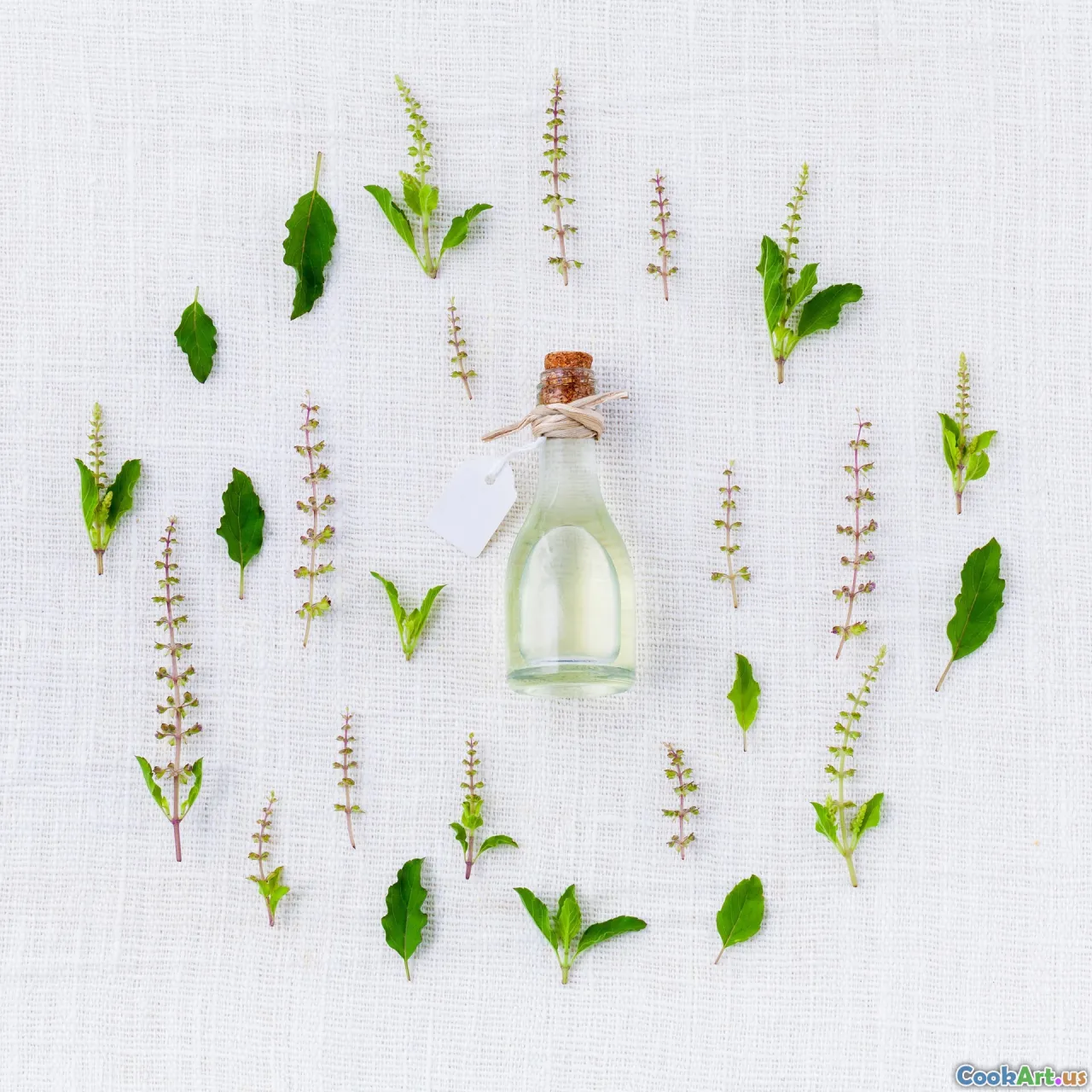The Essential Guide to Spices and Herbs
5 min read Discover the world of spices and herbs, their uses, health benefits, and tips for enhancing your culinary creations. March 29, 2025 18:00
The Essential Guide to Spices and Herbs
Spices and herbs are the lifeblood of flavor in cooking, transforming mundane ingredients into culinary masterpieces. This guide will explore their uses, health benefits, and techniques to elevate your cooking game.
What Are Spices and Herbs?
Before diving into the intricacies of spices and herbs, it’s essential to understand their definitions:
- Spices are typically derived from seeds, roots, bark, or fruits of plants. They are usually dried and concentrated in flavor, often used in small quantities.
- Herbs, on the other hand, are the leafy green parts of plants. They can be used fresh or dried and are often added toward the end of cooking to preserve their flavors.
The Role of Spices and Herbs in Cooking
Spices and herbs do more than just add flavor. They can enhance aromas, provide color, and even contribute health benefits. Here’s a closer look at their effects:
1. Flavor Enhancement
Each spice and herb has a unique flavor profile. For instance, cumin adds warmth, while basil brings a fresh sweetness. Understanding these profiles allows you to experiment with combinations that can elevate your dishes dramatically.
2. Aromatic Qualities
The aroma of spices and herbs can stimulate the appetite and enhance the overall dining experience. For example, the scent of rosemary can evoke feelings of comfort and nostalgia.
3. Health Benefits
Many spices and herbs are packed with antioxidants and anti-inflammatory properties. Turmeric, for instance, is lauded for its health benefits, including its potential to reduce inflammation and improve brain function.
Essential Spices and Herbs to Keep in Your Kitchen
Common Spices:
- Cinnamon: Perfect for both sweet and savory dishes, cinnamon adds warmth and sweetness.
- Cumin: A staple in Middle Eastern and Indian cuisines, it adds a nutty, earthy flavor.
- Paprika: Available in sweet, smoked, and hot varieties, paprika adds color and depth to dishes.
- Chili Powder: A blend of spices that can bring heat to your meals.
Common Herbs:
- Basil: A favorite in Italian cuisine, basil adds a fresh, aromatic flavor.
- Cilantro: Popular in Mexican and Asian dishes, cilantro provides a bright, citrusy flavor.
- Thyme: A versatile herb that pairs well with meats and vegetables.
- Oregano: Essential in Mediterranean cooking, it adds a robust flavor.
Cooking Techniques for Using Spices and Herbs
1. Toasting Spices
Toasting whole spices in a dry pan before grinding them releases essential oils, enhancing their flavors. This technique is particularly effective for spices like cumin, coriander, and fennel seeds.
2. Infusing Oils
Infusing oils with spices and herbs can create flavorful bases for dressings, marinades, and cooking. Simply heat oil gently with your chosen spices and herbs, then strain for a vibrant addition to your dishes.
3. Making Spice Blends
Creating your own spice blends allows for customization and control over flavors. Popular blends include garam masala, za'atar, and Italian seasoning. Experiment with ratios to find your perfect mix.
4. Preserving Herbs
To maintain the freshness of herbs, consider drying or freezing them. Drying can be achieved by hanging them upside down in a cool, dark place, while freezing can be done in ice cube trays with water or oil.
Conclusion
Spices and herbs are indispensable tools in any kitchen, offering not just flavor but also health benefits and a connection to cultural culinary traditions. By understanding their unique properties and mastering the techniques for their use, you can elevate your cooking to new heights. Experiment, taste, and enjoy the vibrant world of spices and herbs!









